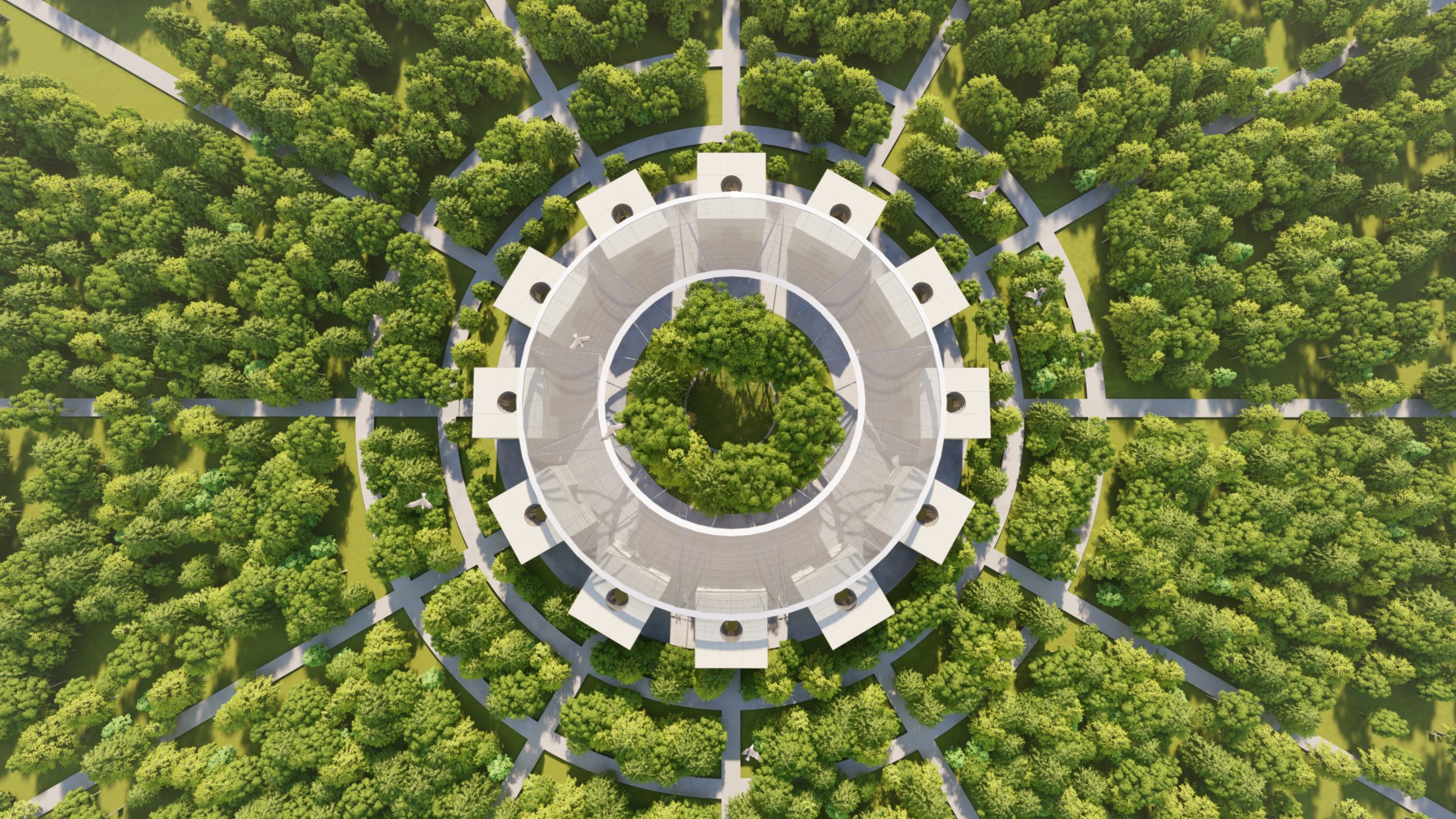
At its official opening on 21 July 1898, then Lord Mayor Mathew Harris praised the building’s ambition: “A less costly building would have provided ample market accommodation. But it would have been short-sighted to have only studied the present to the exclusion of that great future which far-seeing men will agree will be almost infinite in possibilities.”
The project didn’t prove a commercial success, which led to a council vote on whether it should be renovated or torn down as early as 1913. Major internal alterations occurred in 1917, and in the 1930s drastic remodelling was undertaken to accommodate office space and the arrival of the building’s long-standing occupant, Sydney City Council.

In the 1950s talk again turned to whether or not to demolish the building. After a public outcry, a large restoration project was eventually approved in the 1980s, and Ipoh Garden was awarded the project and a 99-year lease. The fully restored Queen Victoria Building reopened its doors in 1986, and another major refurbishment followed in 2009.
“If there is a lesson for heritage projects from this, it is that heritage buildings should not only be restored but should be put to a use that will make them freely accessible to the community at all times,” said Yap Lim Sen, Chairman of Ipoh Ltd Australia.
Variously described as a “white elephant” and “an architectural monstrosity,” today it is a much-loved example of the sandstone buildings of the Victorian and Edwardian eras.

The Education Building
Another sandstone structure is the Education Building, also designed by George McRae, which has been home to the Education Department of New South Wales and other government administrative functions since it was built in 1912.
Make is handling the sensitive restoration project, which will not only reinforce the building’s distinctive character but also safeguard it for generations to come. Unfortunately, there are only a handful of heritage spaces left to preserve on the inside. Over the years, the interiors have been adapted to keep pace with changes in technology. As office blocks became the norm, partitions and suspended ceilings were added to accommodate computers and the evolving needs of the workforce. The original marble floors were covered and, as building services were upgraded, new plant spaces were introduced internally and externally to the roof, with little consideration of the building’s aesthetic.

Now a world heritage site, The Sydney Opera House exemplifies great design and the way a city can be upgraded and transformed for the benefit of its citizens. The opera house sits on Bennelong Point, a site with a long history of development since the continent’s colonisation.
Originally a small tidal island, it was named after Woollarawarre Bennelong, an Aboriginal envoy who liaised between the first British colonists and the local population and who lived in a house on the point in the early 1790s.
In 1798 a battery was constructed at the end of the Point, and in 1818 the tidal area between the island and the mainland was filled during the construction of Fort Macquarie. The fort remained on the site until 1901, when it was demolished to make way for an electric tram depot. The depot serviced the largest tram network in the southern hemisphere and was designed in the style of a fortress with castellated ramparts in a nod to its predecessor.
In turn, the depot was razed in 1958, a symbol of the attitude towards continual development in the city, which allowed a new heritage to flourish. After an international design competition, Jorn Utzon won the bid for the Sydney Opera House. Premier of New South Wales Joseph Cahill, who championed the project, said: “Surely it is proper in establishing an opera house […] that will be a credit to the State not only today but also for hundreds of years […] to help mould a better and more enlightened community.”

New heritage
The designers who held the vision for these magnificent structures appreciated that something well designed and well built will stand the test of time and be valued for posterity. The same approach should be taken into architecture today, to ensure value engineering and cost-saving measures don’t lead to monotonous cities where glass towers pepper the skyline. It needs to be led by government, developers and, most importantly, the architect. We must preserve and create new heritage buildings that add to the fabric of our cities and will inspire their inhabitants for generations to come.





































































































































































































































































